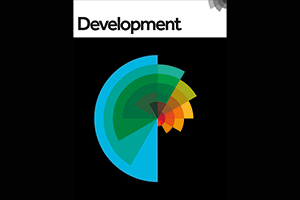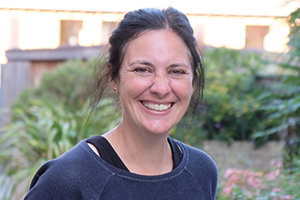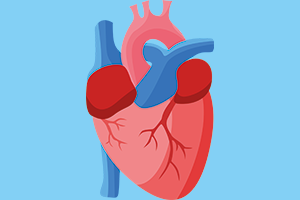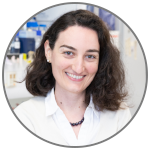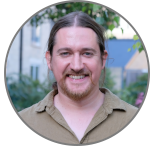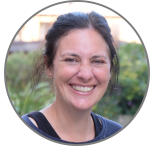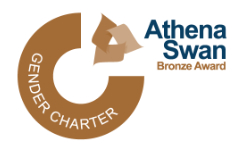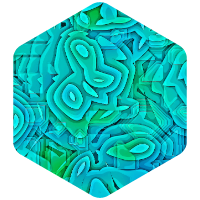
All living organisms regenerate as part of everyday life to maintain tissue and organs, however more complex animals such as mammals and humans have limited capabilities. Researchers in Cambridge are working together to learn lessons across tissues, systems and scales to make human limb and organ regeneration possible.
Collaboration and Engagement
In July 2024 we were delighted to partner with the British Society for Developmental Biology and the International Society for Regenerative Biology to deliver a one-day focus meeting tackling the biggest questions in tissue development and regeneration through interdisciplinary collaborations.
Other local meetings organised by the Reproduction, Development and Lifelong Health Research Theme focussed on developing cross-disciplinary concepts focussed on fundamental questions in regenerative bioscience. In May 2022, a workshop brought together scientists who work on tissue growth and regeneration from diverse perspectives to learn from each other and better understand how we can unlock regenerative potential across different tissues, scales and organisms.
Speakers spanned 7 Departments: Cambridge Stem Cell Institute, Genetics, Gurdon Institute, Pharmacology, Plant Sciences, Sainsbury Laboratory and Zoology. The meeting comprised a series of short talks and included areas such as plant growth, human development, animal tissue regeneration and evolutionary perspectives.
Bringing partners from engineering is an important aspect of this work and to facilitate new opportunities for collaboration, we held a second meeting in May 2024 gathering 26 researchers from across Biological Sciences, Physical Sciences and Technology to discuss Complex Tissue Bioengineering. Further opportunities to engage with the wider bioengineering community are being explored for future events.
Members of the University can find out more on the School Information Hub.
Recent Highlights
#Collaboration
Building and rebuilding complex tissues: strategic visions from a research-led workshop
In July 2024, we partnered with the British Society for Developmental Biology and the International Society for Regenerative Biology to deliver a one-day focus meeting tackling the biggest questions in tissue development and regeneration through interdisciplinary collaborations.
#Profile
Spotlight on...Mekayla Storer
Interview with Career Development Fellow and Group Leader at the Cambridge Stem Cell Institute and Department of Physiology, Development and Neuroscience, Dr Mekayla Storer.
#Media
Cancer gene vital for heart regeneration
Dr Catherine Wilson featured on 'The Naked Scientist' podcast describing how her cancer research has provided new insights into heart regeneration.
Academic Leads
Cambridge Collaborators
Maria Alcolea, Cambridge Stem Cell Institute
Can Aztekin, EPFL
Sumru Bayin, Gurdon Institute
Elia Benito Gutierrez, Zoology
David Fernandez-Antoran, Gurdon Institute
Andrew Gillis, University of Chicago
Dino Giussani, Physiology, Development and Neuroscience
Jim Haseloff, Plant Sciences
Henrik Jonsson, Sainsbury Laboratory
Ragnhildur Thóra Káradóttir, Wellcome-MRC Cambridge Stem Cell Institute
Walid Khaled, Cambridge Stem Cell Institute
Golnar Kolahgar, Physiology, Development and Neuroscience
Emma Rawlins, Gurdon Institute
Andrew Sharkey, Pathology
Sanjay Sinha, Cambridge Stem Cell Institute
Ben Steventon, Genetics
Mekayla Storer, Cambridge Stem Cell Institute
Catherine Wilson, Pharmacology
Wider Network
Aziz Aboobaker, University of Oxford
Can Aztekin, École Polytechnique Fédérale de Lausanne
Osvaldo Chara, University of Nottingham
Uri Frank, University of Galway
Jérôme Gros, Institut Pasteur
Rita Mateus, Technische Universität Dresden and Max Planck Institute of Molecular Cell Biology and Genetics
Aida Rodrigo Albors, University of Edinburgh
Henry Roehl, University of Sheffield
Ashley Seifert, University of Kentucky
Filipa Simões, University of Oxford
Work with us
We welcome opportunities to collaborate with industry partners, policy makers and academics. If you are interested in working with us, please contact Dr Abi Herrmann, Research Strategy Manager.

